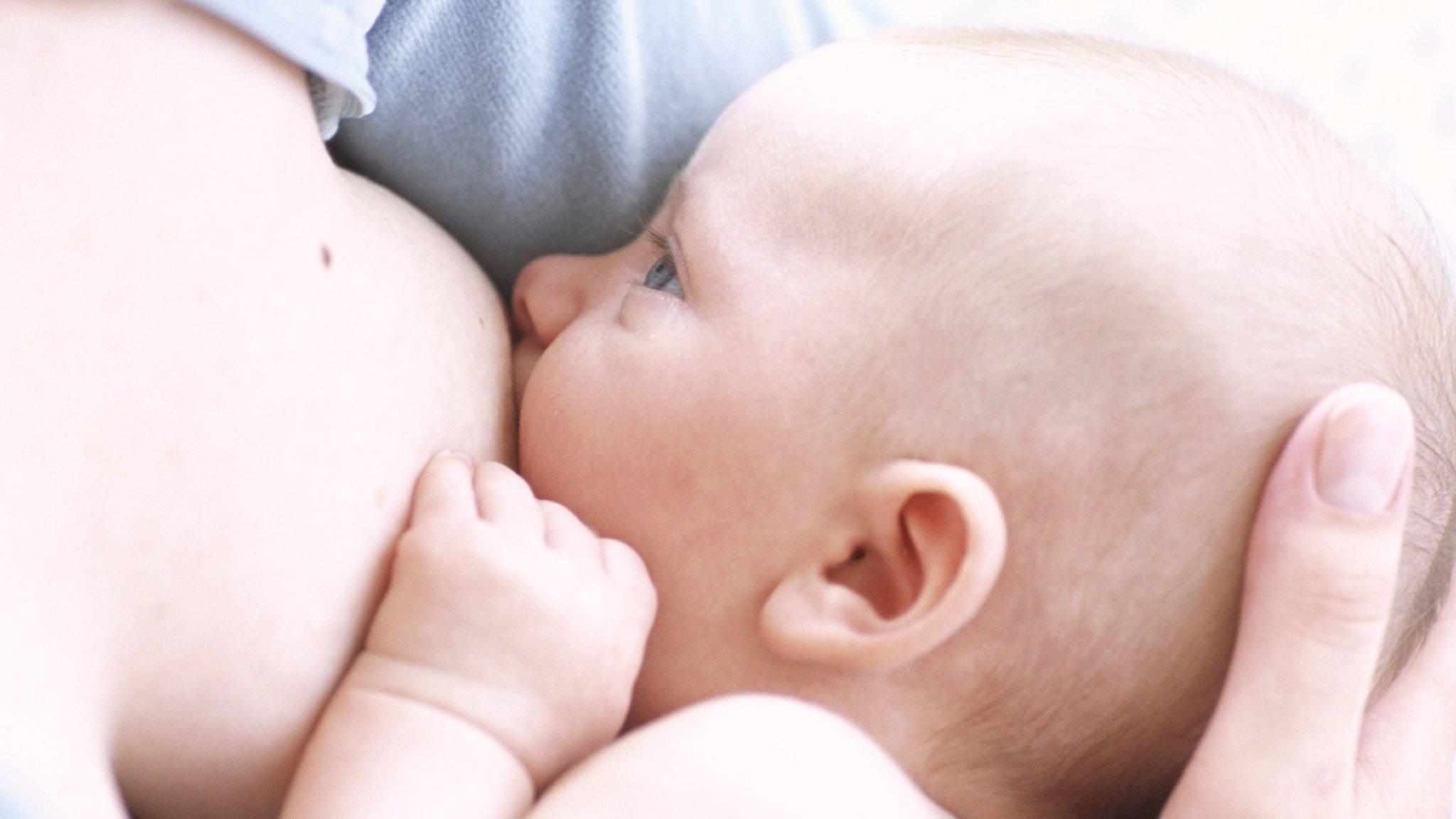Breastfeeding rate in Scotland 'broadly similar' over decade
- Published
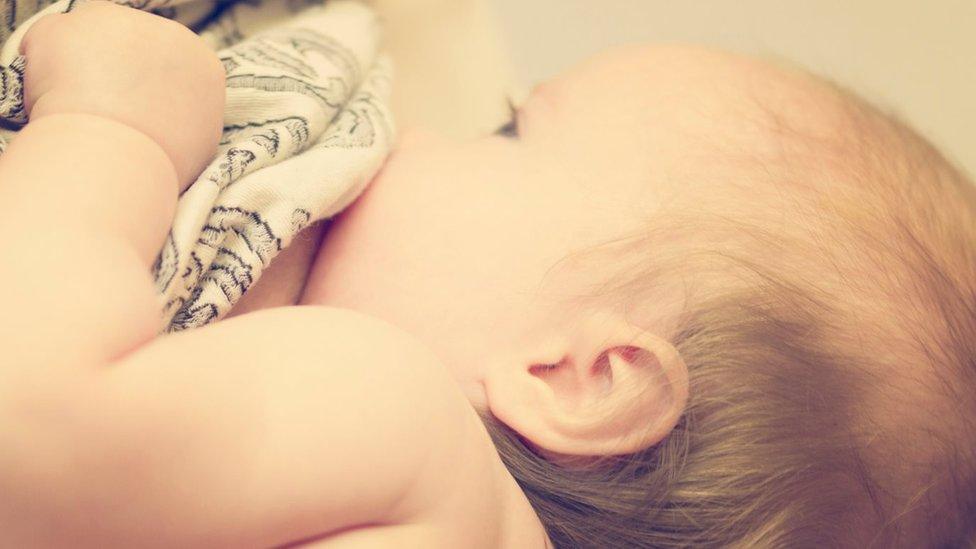
The overall breastfeeding rate in Scotland has stayed relatively static over the last 10 years, despite efforts to highlight the benefits.
In 2014/15 just over 48% of babies were being breastfed at the time of the first child health review visit at about 10 days old.
The figures have been published by ISD Scotland.
They showed a rise in the number of babies fed a mix of both breast and formula milk since 2005/06.
Earlier this year the Scottish government hosted a summit aimed at encouraging more mothers to breastfeed their babies.
Mixed feeding
The report from ISD Scotland, which compiles health statistics for the government, looked at rates for babies born in the last financial year.
It said there is good evidence that breastfeeding in infancy has a protective effect against many childhood illnesses.
It said breastfed infants were also likely to have a reduced risk of infection while other probable benefits included improved cognitive and psychological development, and a reduced risk of childhood obesity.
Reporting its key findings, the publication concluded: "Across Scotland, the overall breastfeeding rate has remained at a broadly similar level over the last decade."
In 2014/15, 48.3% of babies were breastfed at the first visit review. This rate included 35.2% of babies who were exclusively breastfed and 13.1% who were fed both breast and formula milk.
This compares with the figures for a decade ago when 38.3% were exclusively breastfed and 6.4% were mixed fed.
The statistics for last year also showed that by the time of the six to eight week health review the breasting rate had fallen to 38%.
The World Health Organization recommends all children are exclusively breastfed up to six months, and breastfeeding alongside other appropriate foods continues up to and beyond two years.
Geographical variations
In other findings, the report highlighted a "clear association" between low levels of breastfeeding and deprivation.
Mothers in the least deprived areas were nearly three times as likely to breastfeed exclusively at six to eight weeks compared with mothers in the most deprived areas.
But there has been an increase over the last decade in overall breastfeeding rates in the most deprived areas at the first visit from 26% to nearly 33%, the statistics showed.
Researchers also found that mothers who did not smoke were about three times more likely to breastfeed than smokers.
Breastfeeding rates were also found to vary by geographical area in 2014/15.
Exclusive breastfeeding rates ranged from 24.3% in NHS Lanarkshire to 59.4% in NHS Shetland, for example.
- Published18 March 2015
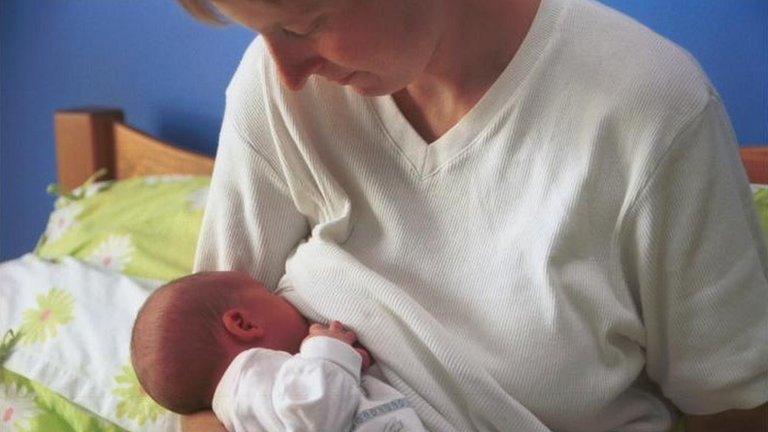
- Published27 December 2014
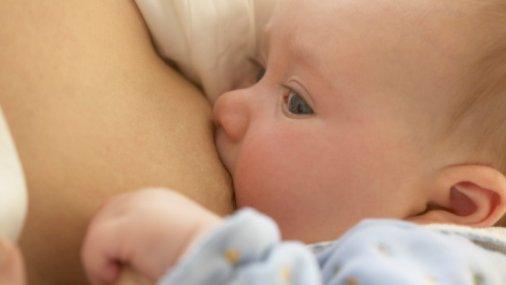
- Published5 December 2014
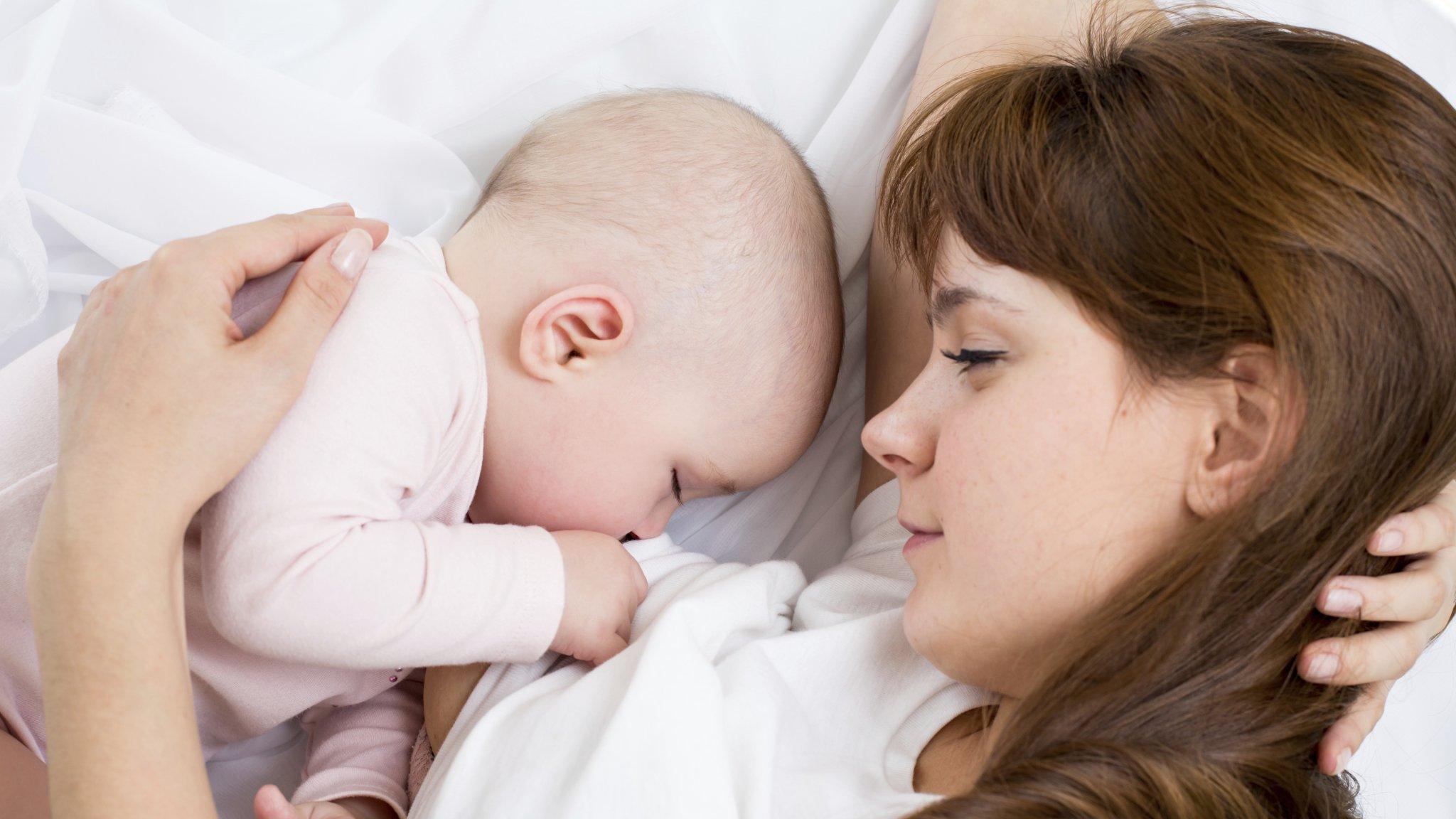
- Published7 January 2014

- Published19 February 2013
